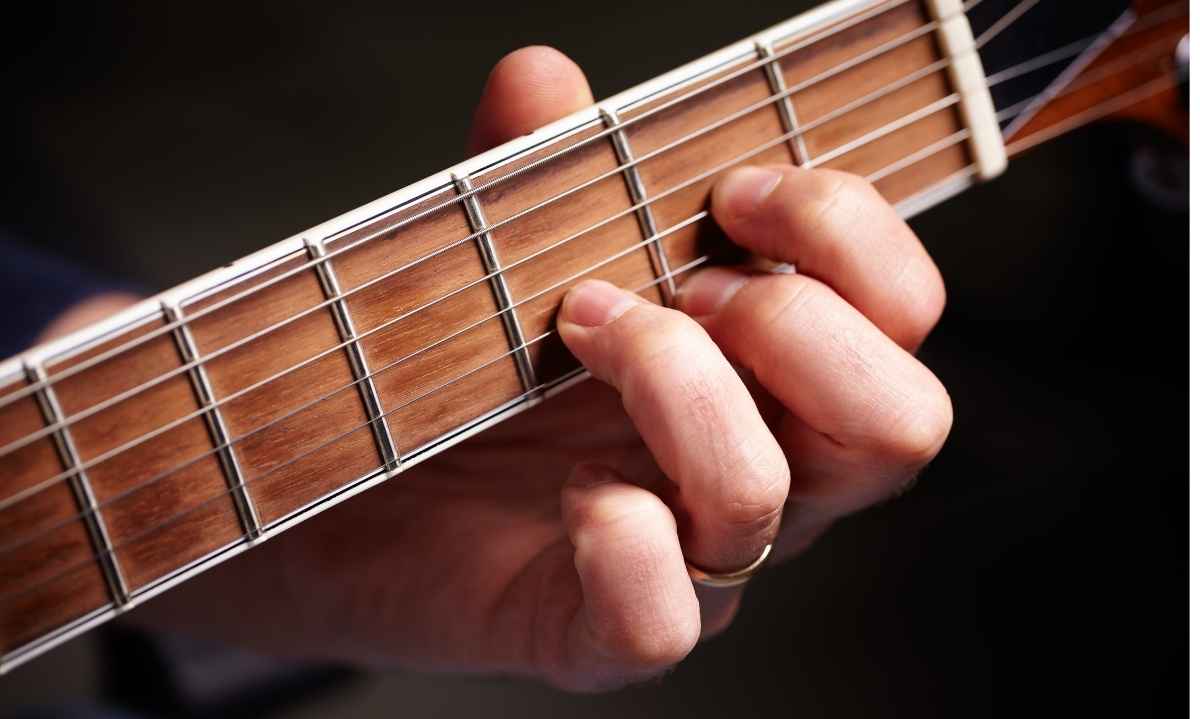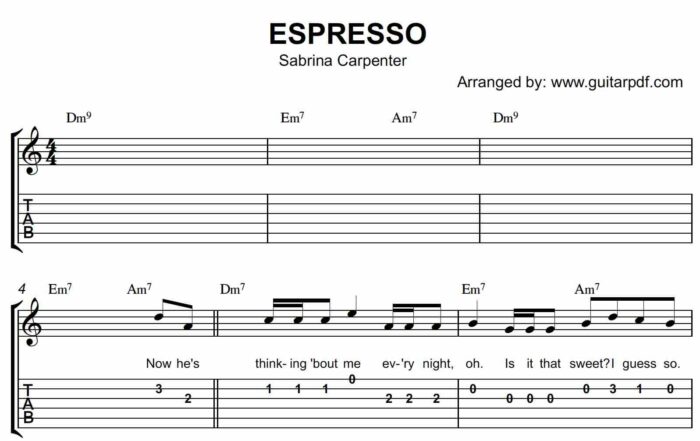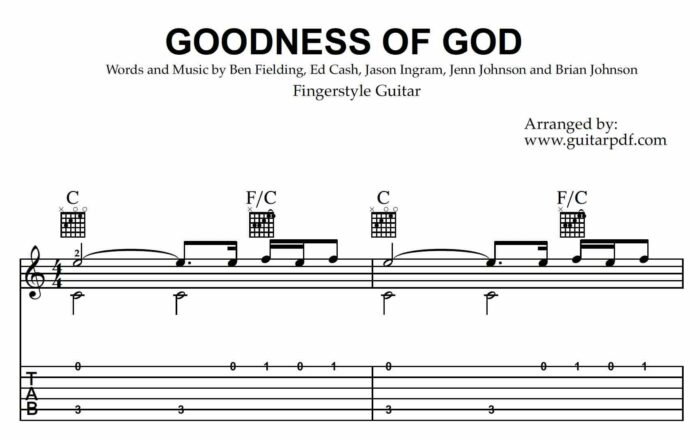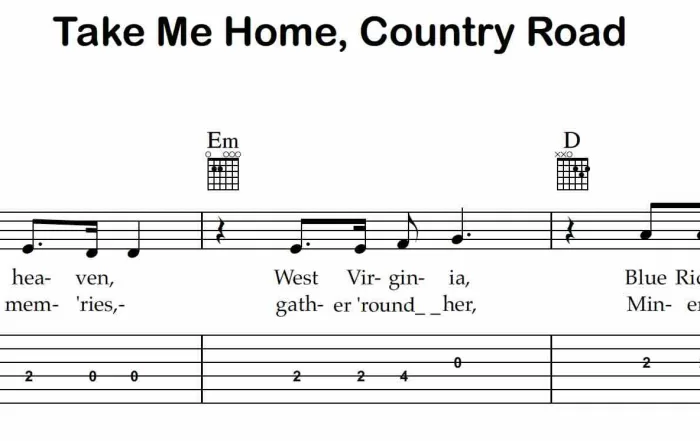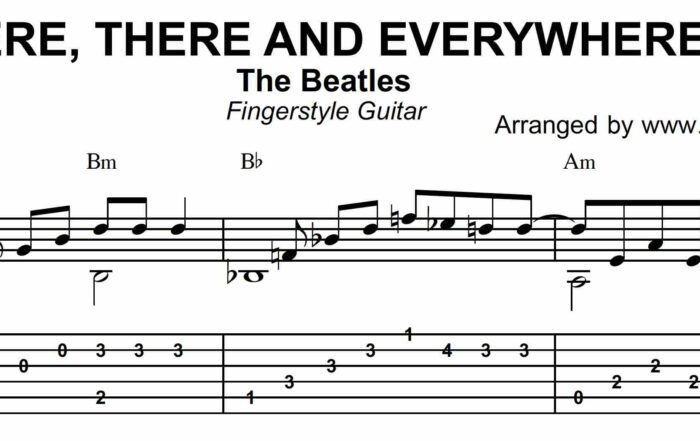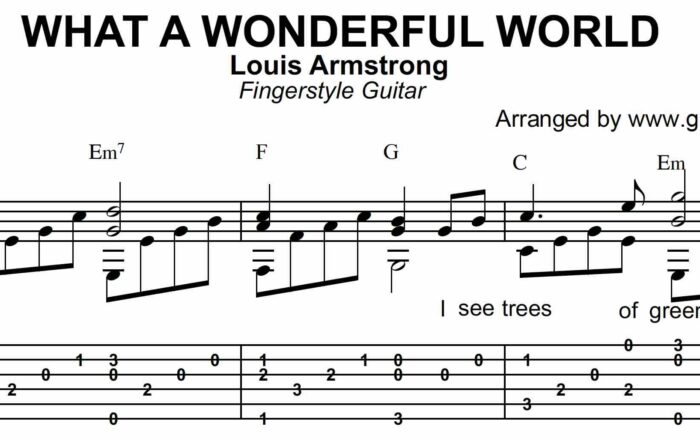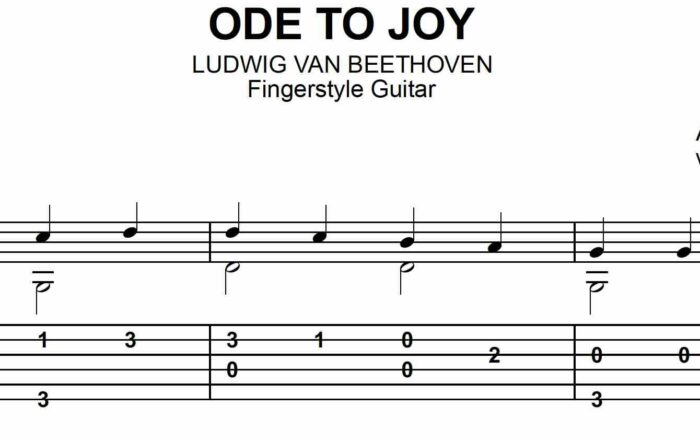Common Chord Shapes and How to Memorize Them
Learning guitar is a thrilling journey, filled with the joy of discovering new sounds and the satisfaction of mastering new techniques. Among the most fundamental skills for any guitarist is learning to play and memorize chord shapes. Chords are the building blocks of music, and having a solid understanding of common chord shapes is essential for creating beautiful and expressive music.
Whether you’re a beginner or looking to refresh your skills, this guide will walk you through some of the most common chord shapes and offer tips on how to memorize them effectively.
1. The Open C Major Chord
Shape:
- Fingers: Place your ring finger on the 3rd fret of the 5th string (C), middle finger on the 2nd fret of the 4th string (E), and index finger on the 1st fret of the 2nd string (C).
- Strings: Strum from the 5th string down, letting the 1st string (high E) ring open.
Why It’s Important:
- The C major chord is a staple in many songs and a great starting point for beginners. It’s used in countless genres, making it essential for building a solid foundation.
Memorization Tips:
- Visual Cues: Focus on the shape of your fingers on the fretboard. The open C major chord has a distinctive triangular shape, which can help you remember where to place your fingers.
- Practice Progressions: Use the C major chord in common progressions like C-G-Am-F to reinforce its shape and sound.
2. The G Major Chord
Shape:
- Fingers: Place your middle finger on the 3rd fret of the 6th string (G), index finger on the 2nd fret of the 5th string (B), and ring finger on the 3rd fret of the 1st string (G).
- Strings: Strum all six strings, letting the 4th, 3rd, and 2nd strings ring open.
Why It’s Important:
- The G major chord provides a rich, full sound and is crucial for many rock, pop, and folk songs. It’s also a good transition chord that connects well with other major chords.
Memorization Tips:
- Use the Full String: Practice strumming all six strings to get used to the chord’s full range. This will help you feel confident about hitting the right notes.
- Chord Shapes Practice: Play the G major chord along with other major chords like C and D to develop muscle memory and smooth transitions.
3. The D Major Chord
Shape:
- Fingers: Place your index finger on the 2nd fret of the 3rd string (F#), middle finger on the 2nd fret of the 1st string (D), and ring finger on the 3rd fret of the 2nd string (A).
- Strings: Strum from the 4th string down, letting the 5th and 6th strings remain muted.
Why It’s Important:
- The D major chord is bright and uplifting, making it perfect for creating cheerful and energetic music. It’s also commonly used in folk and country genres.
Memorization Tips:
- Finger Placement: Visualize the chord shape as a small triangle on the fretboard. The D major chord’s compact shape makes it easy to remember.
- Switching Practice: Practice switching between D major and other chords like G and A to build speed and accuracy.
4. The A Minor Chord
Shape:
- Fingers: Place your index finger on the 1st fret of the 2nd string (C), middle finger on the 2nd fret of the 4th string (E), and ring finger on the 2nd fret of the 3rd string (A).
- Strings: Strum from the 5th string down, letting the 1st string (high E) ring open.
Why It’s Important:
- The A minor chord adds a melancholic or reflective quality to music, making it a valuable tool for creating emotional depth.
Memorization Tips:
- Shape Consistency: Note that the A minor shape is similar to the A major chord, with the only difference being the minor third. Practice both to reinforce the shape.
- Practice in Context: Use the A minor chord in progressions like Am-F-C-G to get used to its sound and placement.
5. The E Minor Chord
Shape:
- Fingers: Place your middle finger on the 2nd fret of the 5th string (B) and your ring finger on the 2nd fret of the 4th string (E).
- Strings: Strum all six strings, letting the 3rd, 2nd, and 1st strings ring open.
Why It’s Important:
- The E minor chord is one of the simplest minor chords and serves as the basis for many other minor shapes. Its open, resonant sound is versatile and used in various musical styles.
Memorization Tips:
- Minimal Movement: Since the E minor chord requires minimal finger movement, practice it frequently to build familiarity.
- Combine with Major Chords: Practice transitioning between E minor and E major to strengthen your understanding of minor chord shapes.
Tips for Memorizing Chord Shapes
- Visualize the Fretboard: Familiarize yourself with the fretboard layout. Knowing where the notes are located can help you understand chord shapes better.
- Use Chord Diagrams: Visual aids like chord diagrams can help you remember where your fingers should go. Keep a chart handy for quick reference.
- Practice Regularly: Consistent practice is key. Spend a few minutes each day playing and re-playing these chord shapes to build muscle memory.
- Play Songs: Incorporate these chords into your playing by practicing songs that use them. This will help you see how the chords fit into real music and make memorization easier.
- Use Mnemonics: Create simple phrases or stories to remember the shapes. For example, think of the G major chord as having a “Giant” shape with “3” fingers on the 3rd fret.
Conclusion
Mastering common chord shapes is essential for any guitarist. With practice and the right strategies, memorizing these shapes can become second nature. By incorporating these chords into your playing, you’ll build a solid foundation that allows you to explore a vast array of musical styles and genres.
So, grab your guitar, start practicing these chord shapes, and watch as your playing takes on new dimensions!
What chord shapes have you found most challenging or rewarding? Share your experiences in the comments and let’s support each other on this musical journey!

